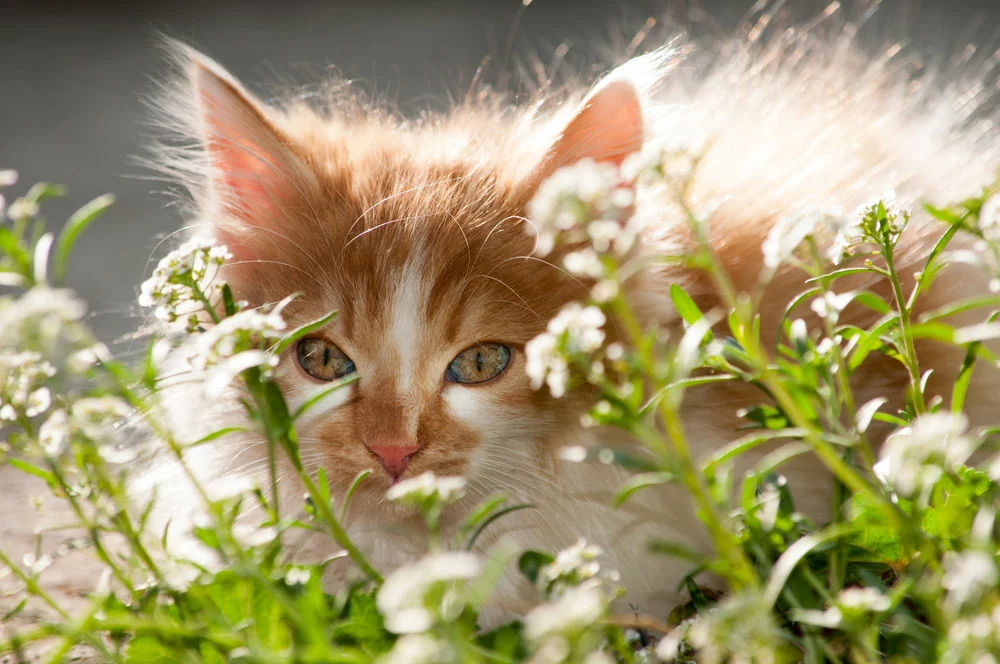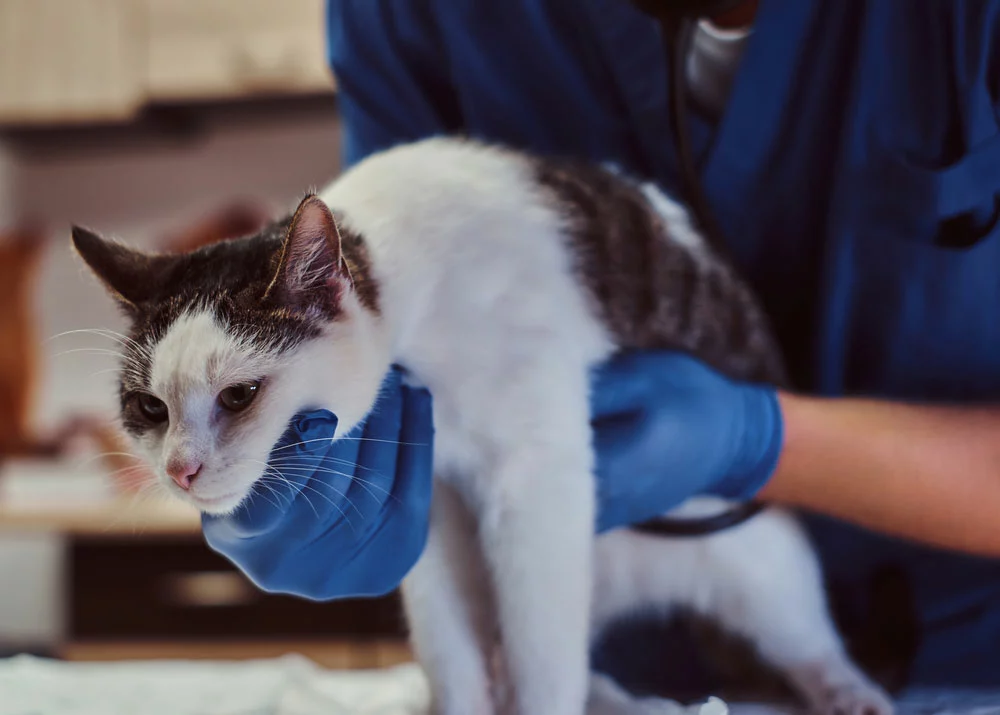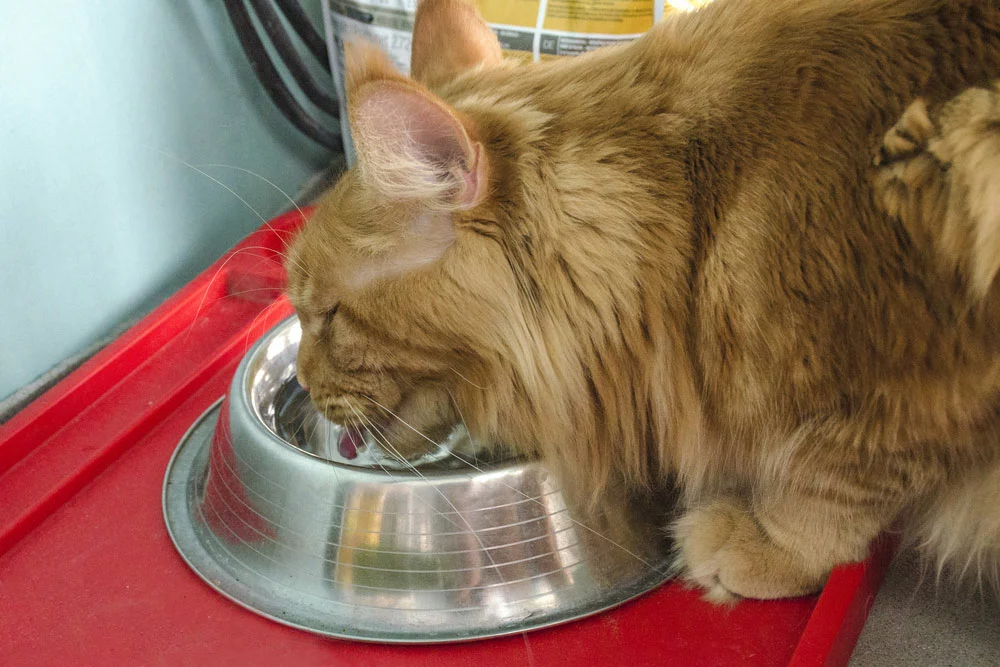Pets that enjoy being outside might be a source of worry, especially if you or your neighbors love gardening. Knowing which plants are safe for your pets to grow in your garden is crucial. It is because more than 700 distinct species are mild to severely hazardous to cats and dogs. One such plant that, if exposed, are marigolds poisonous to cats and dogs is the marigold.
Read on to find out how hazardous marigolds may be and what to do if your pet displays toxic symptoms.
Table of Contents
- Are Marigolds Toxic to Cats?
- Which type of Marigolds is Safe for Cats?
- Marigold poisoning: signs and symptoms
- What to do if a cat ingests marigolds
- Conclusion
Are Marigolds Toxic to Cats?
Researchers at ASPCA concluded that marigolds are non-toxic to cats. But, this is specific to the Pot Marigold, a species in the marigold family.
However, if your cat consumes excess Pot Marigold, it could have bad reactions. These might include an upset stomach. The illness does not mean the flower is toxic, but it may be because the cat consumed unfamiliar food.

(a cat in a garden. )
Which type of Marigolds is Safe for Cats?
Generally, Marigolds come in two different kinds. Calendula Officinalis, also known as Pot Marigolds and Tagetes or French marigolds).
The Pot marigolds comprise Common Marigold, Calendula, Gold bloom, Mary Bud, and Ruddles. All of them are safe because cats don’t get sick from them.
However, French marigolds can be poisonous to cats or other pets if they come into touch with them.
French marigolds are simpler to grow and maintain in gardens. They ts of 6 or 12 inches and feature crested, semi-double, single, or double blooms. The French marigold comes in orange, yellow, red, and bronze colors. Cats shouldn’t be around them.
If your cat gets access to marigolds, be careful. The best thing to do is to train your cats to stay away from plants. Even if they don’t seem like they could harm them, this will make it less likely that they will ever eat a plant that is bad for them.

(marigolds growing in a garden.)
Marigold poisoning: signs and symptoms
Marigolds are lovely flowers; hence they will attract most pets. When cats can’t resist the urge to eat or play around them, marigolds can have some unpleasant side effects.
Some symptoms of these side effects include;
- Dehydration
- Diarrhea
- Excessive salivation
- Vomiting
- Stomach ache
- Eyes, nose, and mouth irritation
- Redness of the skin
- Irritation of the mucous membranes.
Despite being the most common, this is not a complete list of symptoms. It is impossible to predict how a specific pet will react to eating marigolds.
Pets who exhibit drooling, skin rashes, vomiting, or diarrhea may become dehydrated. It is, therefore, best to watch out for any of these signs and keep a close eye on your pets.

(a sick cat with a vet.)
What to do if a cat ingests marigolds
Give your cat some water for around 12 – 24 hours. Avoid giving your pet any solid food until the symptoms go away. Call your veterinarian if you are unsure. Some veterinarians might advise you to wait out if the symptoms are mild.
If your cat exhibits signs of skin irritation, wash it in warm water and a pet-friendly shampoo. It will help get rid of any marigold sap. However, if your cat dislikes water, you can use a waterless shampoo even though it might be less effective.
Importantly, if any symptoms last more than an hour, you must take your cat to the clinic.

(a cat drinking water.)
Conclusion
Cats are playful creatures. It is always hard for them to keep away from attractive flowers. Therefore, you must ensure your cat is playing in a safe environment.
We hope this article has been of help to you.
